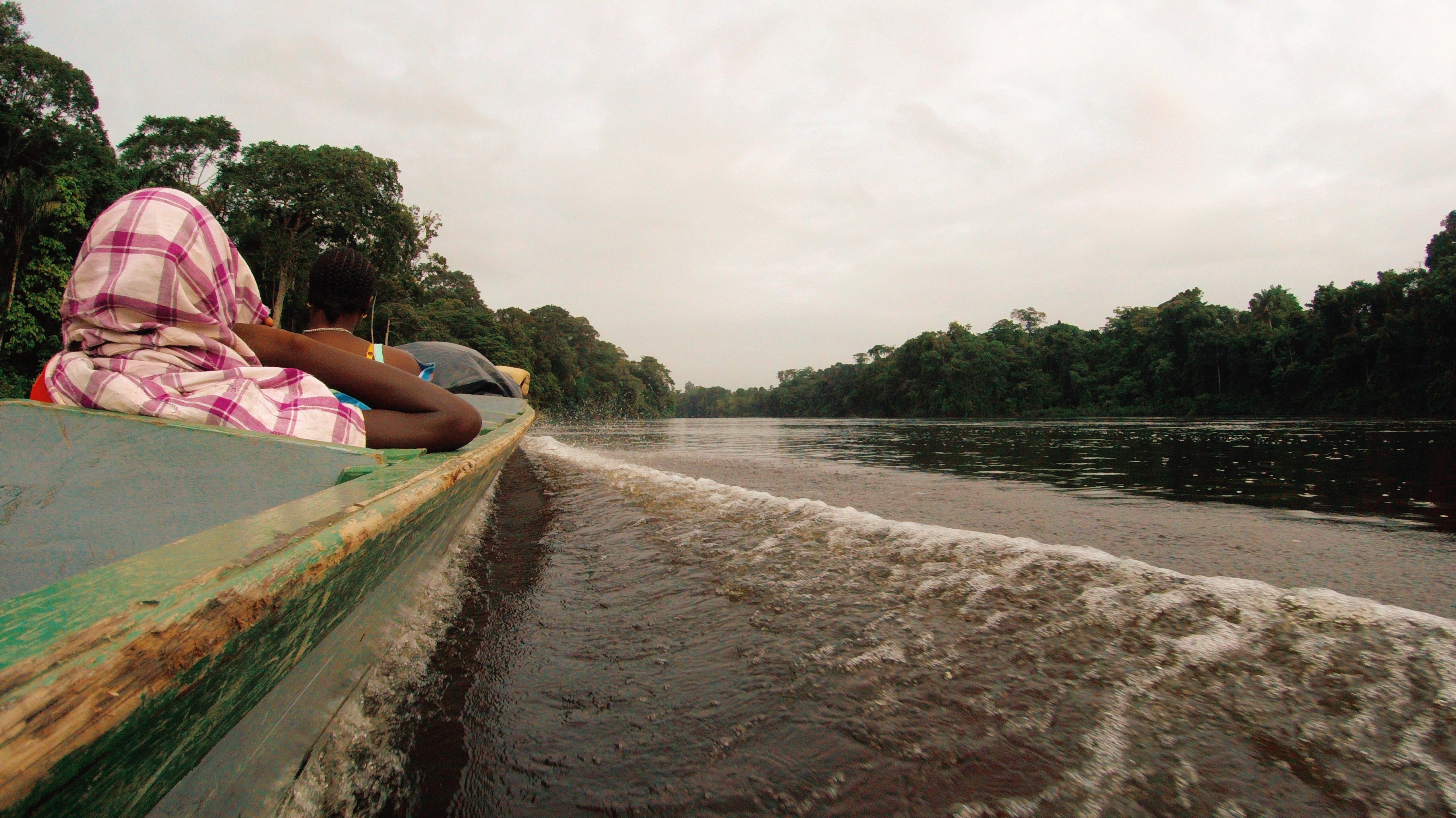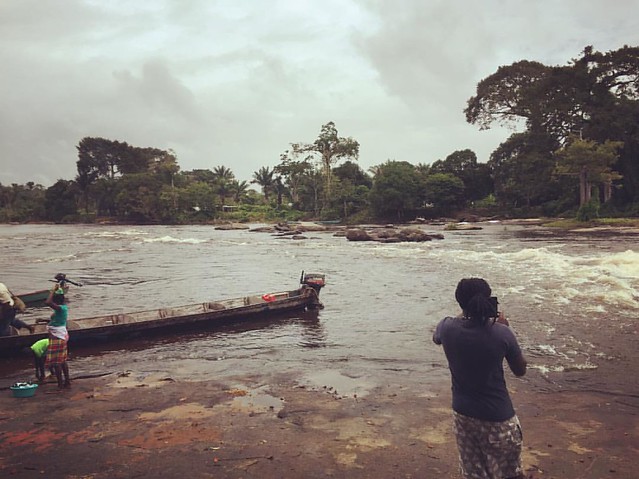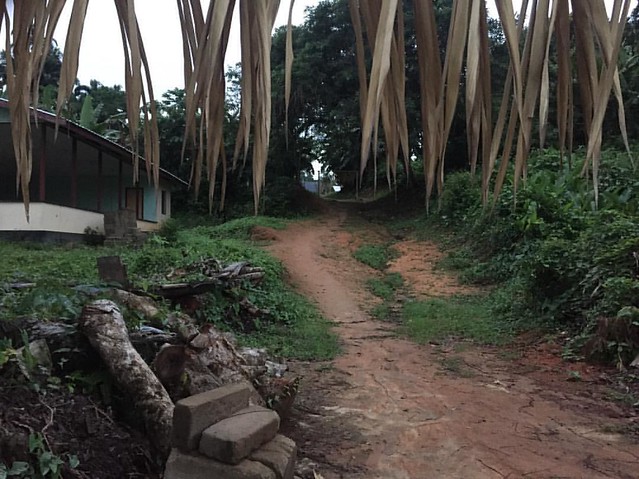After visiting Suriname in 2016 as part of the Diaspora Vibe Cultural Arts Incubator (DVCAI) International Culture Exchange (ICE) the opportunity to return has been made possible by DVCAI, Knight Foundation, Tigertail Productions, Readytex Gallery (Paramaribo, Suriname), and Tibii Art (Moengo, Suriname). My art practice has investigated the botanical form and the physical and chemical properties of many plants cultivated and foraged. While looking more closely at foraging the practice continued to take on greater meaning within the context of the African diaspora and Amerindigenous peoples. While in residence in Mexico I came face to face with a huge area of medicinal plants growing near the pyramid, Cañada de la Virgen. Suriname proved to be even more rich, hence the desire to return.
“Antillean Lacunae” exhibition opened the conversation in a more specific context. Research in Suriname advances some questions to the forefront, and that is about the relationship of specific botanical foodstuffs to the movement of people in North & South America and the Caribbean. Rice, not cotton, is the catalyst and vehicle, but not Asian white rice.
Rice is a tall grass and we eat its seeds. Rice has traditionally thrived in warm, wet climates and people have depended on rice as a food source for thousands of years. Researchers have traced two origins of rice; oryza sativa from Asia and oryza glaberrima from Africa. Cultivation of rice in Africa began along the Niger, Sine-Saloum, and Casamance Rivers and archaeologists have uncovered evidence of rice cultivation 2,000 to 3,000 years ago in these West African regions.
Suriname is a key place in my development as an artist as far back as 1972. While a student at Calif. College of the Arts I researched woodcarving, textiles, and history, areas of study that continue to resonate in my art practice.
Posting updates is not always possible because I spend time in the Amazon forest. I will plan some artist talks upon my return where I can again share my art practice with you.


